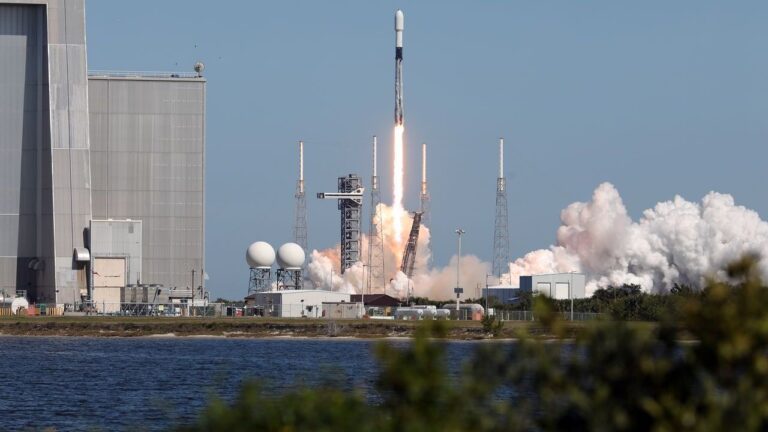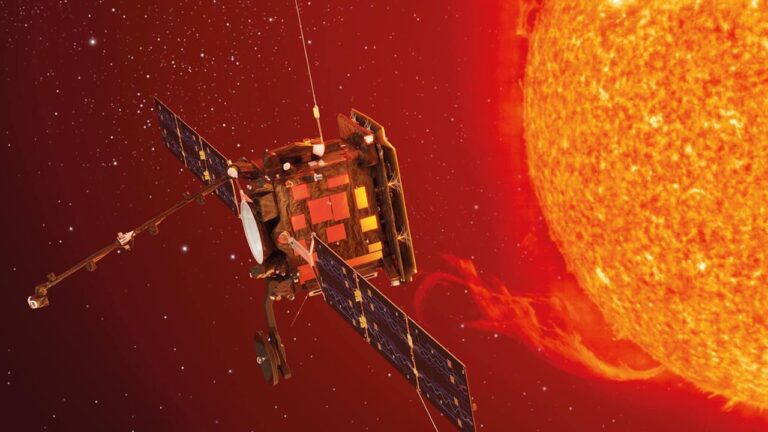
Geostationary fleet operator Viasat is actively engaging with multiple low Earth orbit (LEO) satellite constellations to enhance its mobile broadband services through a multi-orbit approach. Viasat recently revealed plans to incorporate low-latency LEO broadband from OneWeb for maritime customers. During a May 21 earnings call, CEO Mark Dankberg indicated that similar agreements are expected for aviation and other enterprise markets.
Diverse Partnerships for Optimized Connectivity
“We actually are working with almost all of the [non-geostationary operators],” Dankberg stated, emphasizing the company’s strategy to mix and match partnerships based on the best available deals. Currently, OneWeb and Starlink offer operational high-speed LEO broadband networks, while Amazon’s Project Kuiper and Telesat’s Lightspeed are poised to join the market in the near future.
However, integration poses challenges as OneWeb’s network utilizes Ku-band radio waves, whereas Viasat’s geostationary orbit (GEO) broadband satellites operate in Ka-band. This necessitates separate user terminals for seamless connectivity. Dankberg noted that maritime operators are receptive to the idea of maintaining distinct LEO and GEO antenna components, facilitating the initial deployment of multi-orbit services in this sector.
Building an Ecosystem of Alliances
Despite the competitive landscape, Viasat has no intention of developing its own LEO constellation. Instead, the company focuses on fostering a collaborative ecosystem. Guru Gowrappan, Viasat’s president, explained in a separate interview that their strategy revolves around partnerships rather than solo ventures, even as other legacy GEO operators integrate LEO capacity to counter Starlink’s growing dominance.
Gowrappan highlighted the surplus capacity in the LEO sector compared to the optimized and highly utilized GEO networks. Viasat’s NexusWave service, expected to launch before the end of June, will benefit from these partnerships as OneWeb resolves ground network issues.
Record Revenue and Acquisition Gains
Viasat reported a record revenue of $4.3 billion for the fiscal year ending March, marking a 68% increase from the previous year. This growth was largely driven by the acquisition of British satellite operator Inmarsat and robust performance in government and aviation markets.
However, the company recorded a significant net loss of $1.1 billion due to write-down charges from satellite failures and program cancellations. Despite these setbacks, Viasat received substantial insurance claims and continues to move forward with plans to launch ViaSat-3 F2 and F3 satellites, aimed at enhancing coverage across the Americas and Asia Pacific by late 2025.
Navigating Market Competition
The competitive environment remains intense, with mergers and acquisitions reshaping the industry. SES’s recent agreement to acquire Intelsat for $3.1 billion and Eutelsat’s acquisition of OneWeb exemplify the ongoing consolidation among satellite operators.
Gowrappan views competition as a positive indicator of a growing market. He emphasized that the provision of mobile broadband services is not a winner-takes-all scenario, with ample opportunities for various players, including new entrants like Amazon.
Financial Outlook and Market Position
Viasat anticipates stable revenue for fiscal year 2025, driven by increased business from government and airline customers. Nonetheless, the company expects a decline in U.S. fixed broadband revenue due to fierce competition from Starlink. Following the earnings announcement, Viasat’s shares dropped over 16%, closing at $15.74 on May 22. Despite these challenges, Viasat remains committed to expanding its multi-orbit connectivity services and capitalizing on its strategic partnerships.






